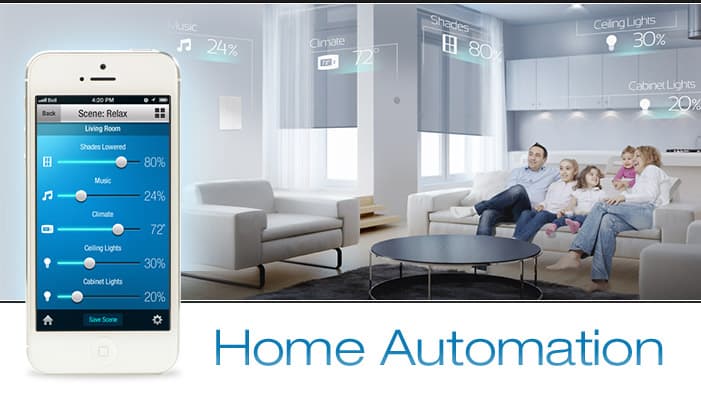
Home automation safety refers to the practices and measures taken to ensure the safe and secure operation of smart home devices and systems. As more devices become interconnected and automated in modern homes, it's crucial to prioritize safety alongside convenience and efficiency.
Here are key aspects of Home Automation Safety:
Physical Safety: Ensure that smart devices are installed and maintained properly to prevent physical hazards. For example, smart thermostats and electrical appliances should be installed according to manufacturer guidelines to avoid electrical or fire hazards.
Data Privacy and Security: Protecting personal information and data is critical. Use strong, unique passwords, enable encryption, update firmware, and employ security features like two-factor authentication to prevent unauthorized access.
Network Security: Secure your home network to safeguard against cyber threats. Use strong Wi-Fi encryption, firewalls, and regularly update router firmware. Segregate smart devices on a separate network if your router supports it.
Regular Updates and Maintenance: Keep devices and software updated with the latest patches and firmware to fix vulnerabilities and ensure optimal performance. Regularly maintain devices according to manufacturer instructions.
User Education: Ensure that all household members are aware of how to safely use smart devices. Educate them on security best practices, and teach them how to troubleshoot basic issues without compromising safety.
Remote Access Security: If accessing your home automation systems remotely, use secure methods like VPNs and avoid leaving default or weak credentials to prevent unauthorized access.
Integration of Security Systems: When setting up a home automation system, integrate security systems like smart locks, surveillance cameras, and motion sensors. Ensure these are properly installed and regularly maintained.
Redundancies and Fail-Safes: Implement fail-safes in case of power outages or system failures to prevent security vulnerabilities or safety risks. For instance, consider backup power sources for critical security devices.
Child Safety: If you have smart devices accessible to children, make sure they understand how to use them safely and restrict their access to certain features or devices when necessary.
Regular Checks and Audits: Conduct routine checks of your home automation system to identify vulnerabilities or malfunctions. Perform security audits and address any identified issues promptly.
Maintaining a balance between convenience and safety is crucial in home automation. By implementing these safety measures, you can enjoy the benefits of a smart home while ensuring a secure and safe living environment for you and your family.
Thank you.